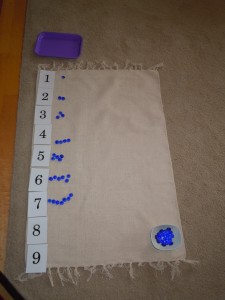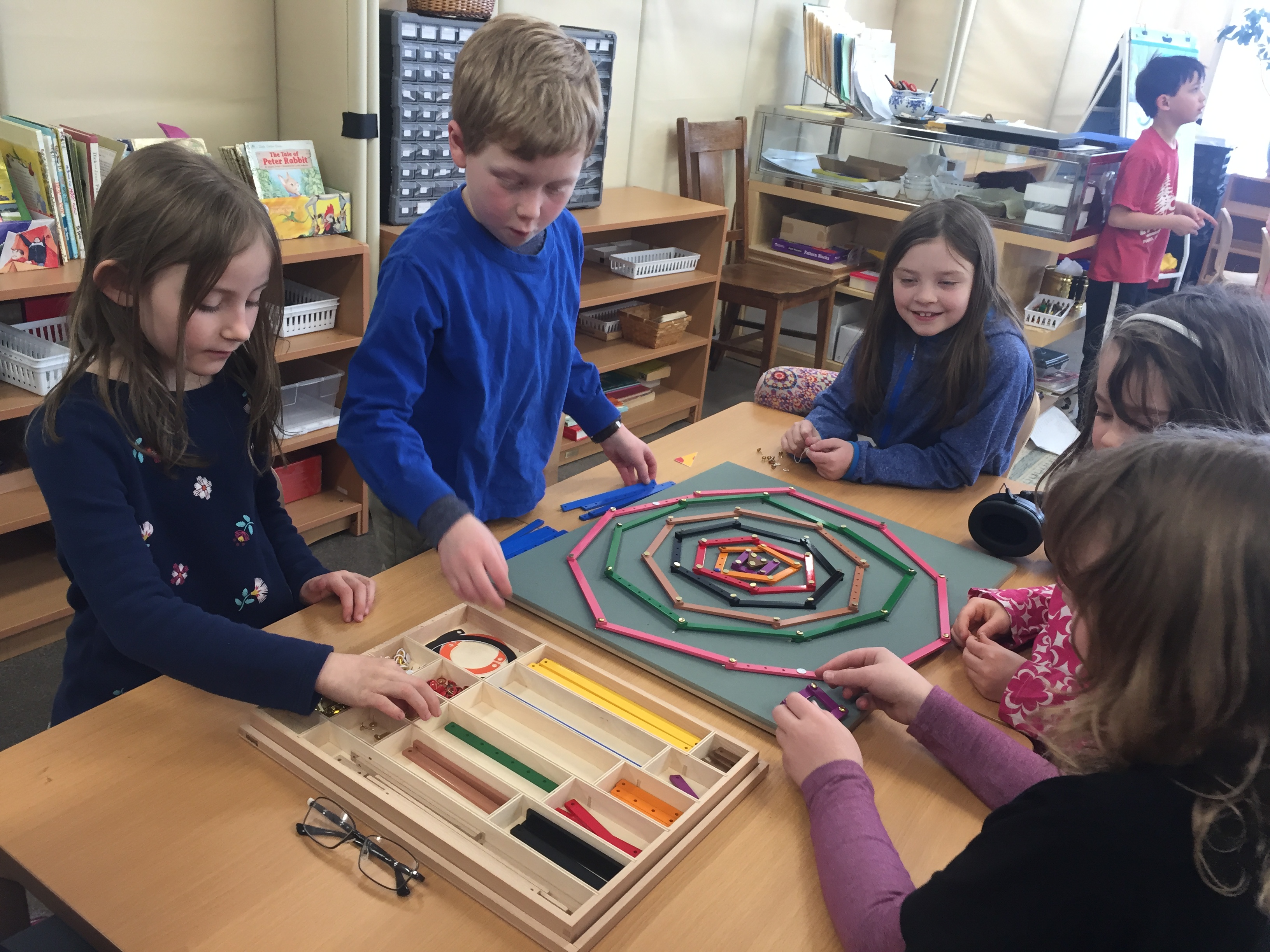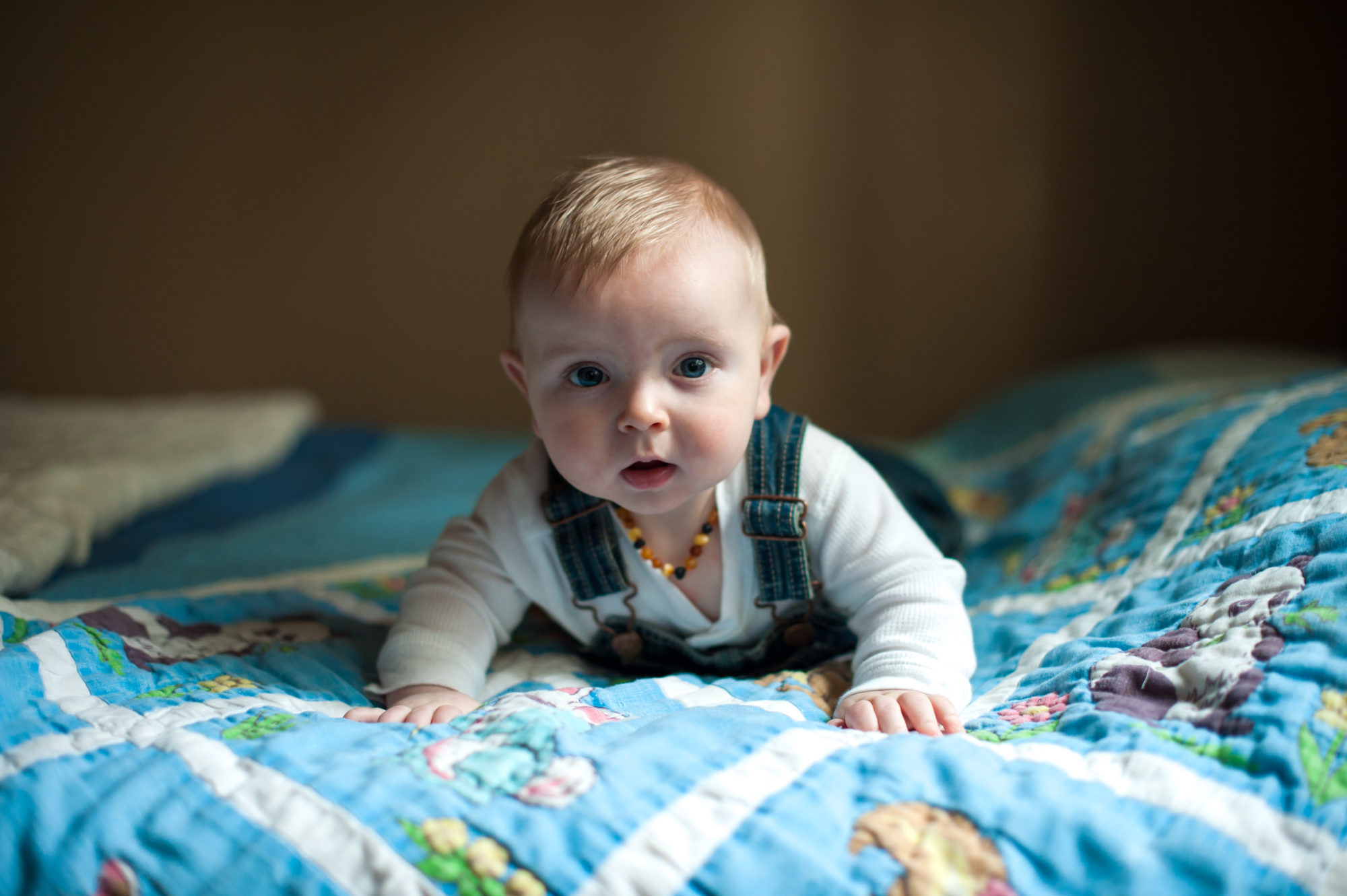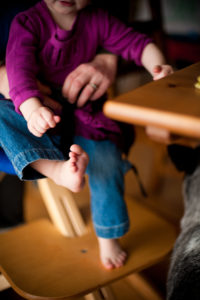We’ve all been hearing about the ill effects of screen time on developing brains and each of us have a slightly different way of dealing with the information. Some people argue that the research isn’t in yet (there is actually quite a bit of research on this topic and most of it is quite disturbing), others are convinced that it couldn’t be nearly as harmful as the researchers purport. Some parents claim it’s their only break, and they really really need a break, and trust me, I hear you on that one.
But the truth is that we humans didn’t evolve to sit still for hours watching a screen, and when we do so as young children, it really does negatively impact our brain development. Attention span goes down, emotional regulation and control is negatively affected, self-control and the ability to plan ahead are impacted and even if we don’t want to admit it, we all know that our kids are not their best selves after a few hours of watching television. A lot of the current research is showing that it may not necessarily be the screens themselves, or even the content of shows, rather it’s the lack of social interaction that most negatively impacts kids.
Because of all of this, my son’s preschool has recommended that the students attempt to have a “screen free April.” At first I thought, “There is no way we can make it the whole month without a single show.” But then I heard about the incentive. The head of school has offered us $$ off our May tuition if we can make it through the entire month without using screens with your 3 year old.
Once I knew about the incentive, I was motivated. And as it turns out, my motivation was all we really needed to reduce our kids’ screen time drastically. I’m embarrassed to admit that my kids have very easily transitioned and it has actually been harder for we adults to give up our “free time” than it is for the kids to adjust to zero screen time.
Zero screen time?!!
To be fair, we already had a maximum of 2 hours per day and they typically didn’t watch that much even before the challenge, but I was amazed at how quickly both of our kids adjusted to the zero screen time challenge. After just a few days, they both completely stopped asking for shows!
Last weekend my daughter came down with a stomach bug and I nearly caved. Being sick with a fever and upset stomach without the option to zone out in front of the TV just sounds like torture to me, but after asking my husband and friends for some support, we decided to tough it out and I am so glad we did!
On day 15 and my 7-year-old daughter announced, “It’s a lot easier to live without screen time than I thought it would be!” OK, so here are the 5 simple things we’ve done differently during screen free April. I am surprised at how little effort these alternatives are actually requiring and more than a little bit embarrassed to admit that I’ve been the one driving my kids to the screen, even though I know full well that it’s not good for their development.
#1 Books on CD from our local library-
I ran over to the library and picked up about 10 chapter books on CD and this has been the #1 favorite screen time alternative for both my 7 and 3 year old. The two of them will spend hours together just listening and drawing or coloring. It’s really sweet to see them connecting in this way. Podcasts could serve a similar purpose but we prefer the low-tech option.
For extra credit, ask your kids about the plot to ensure that they really understand the story line or ask specific questions about the book, characters, or action to help them gain a deeper comprehension of the content. Historical fiction has started some very interesting conversations at our house this month!
#2 More time outside
More time in the back yard, more parks, and more walks by the river. This one does take a little bit more effort and planning, but the positive impacts of nature on our physiology greatly outweigh the hassle it is to actually get outside. We’re going to make an effort to keep this one going even after we re-introduce screen time.

Some highlights so far have been the nature art that my kids and I created at the base of one of our favorite trees, placing bird feed in our back yard and then watching the birds from inside with binoculars and discussing them, creating a natural shelter for our garden gnome, and hearing the kids talk excitedly about how they walked “all the way” to the high school with Grandpa (it’s only about 5 blocks from our house, but they had never done it before!).

#3 Art
Cover the kitchen table with newspaper, add a few sheets of paper, some markers, crayons, colored pencils, or paint and then sit back and supervise your children’s creative genius at work! Or jump in and create with them. Art is hugely therapeutic, so this one is going on the “to be continued even after April” list. The only problem we’ve had with this one is that they don’t want it to end and eventually we need the table back for dinner!

A friend of mine also suggested playing with modeling clay and I am constantly amazed at how long my children will sit and play with their clay. They trade colors with each other, help each other, and enjoy destroying their creations almost as much as making them! If your child is still putting things into her mouth, you may want to use play dough instead. While the clean up is a bit more intensive with play dough, toddlers sure do love the texture and feel of it, and it helps them develop manual muscle control which prepares the hand for writing later.
#4 Board Games
I’ll admit, I really don’t enjoy board games, I’m more of a puzzle person, but since we’ve gone screen free I have seen the grandparents bring out more board games, dominoes, the marble track, and other toys and games that engage the imagination. I’m always amazed at how much my kids enjoy winning a board game. We do have a few cooperative board games that I enjoy a bit more than the competitive ones. Hoot Owl Hoot is a big favorite of my 3 year old’s.
#5 Imaginitive play
The ability to play imaginary games is quickly becoming a lost art of childhood due to the overuse of screens and technology. Unfortunately, this skill is incredibly important to proper cognitive development and the development of the prefrontal cortex. Self-control, planning, and many of our higher cognitive functions rely on our ability to imagine and plan for multiple possible scenarios. This is part of the reason that the storyline curriculum is so successful.
Since we’ve cut out screens, my son often asks, “Will you play with me?” and then happily engages in whatever type of play we’re up for. Playing catch has been a big hit, but I’ve been trying to engage his imagination more and I can already see a positive result! After a couple of weeks of playing a few different imaginary games I now hear him playing by himself more often. He describes the situation to his stuffed animals, talks in different voices, and creates elaborate story lines.
I am feeling so grateful that my son’s Montessori preschool has challenged us to a screen free April! Without the challenge (and the incentive) I wouldn’t have realized how unnecessary much of the screen time was and how much more we’re connecting with each other, now that we’ve cut it out. This is going to give me much more of a backbone when it comes to saying no to screen time in the future too. Now that we’ve developed so many great alternatives, and we’ve broken the habit, I’m guessing that my kids will be asking much less often and watching considerably less.









